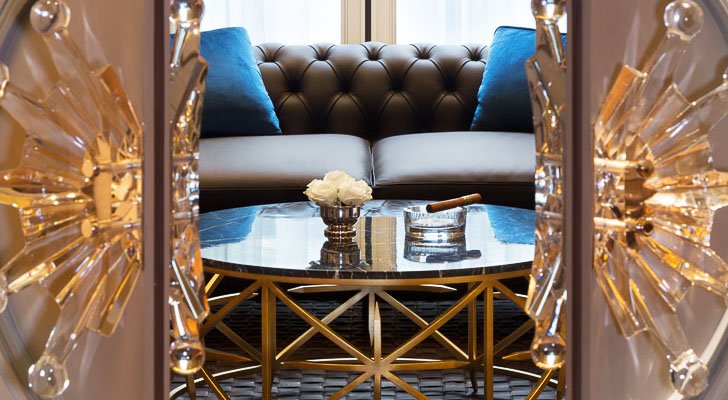
Rum at our Tawala, Panglao Bar is a sophisticated drink–and one that’s international. There are two types of rums. Regular made from molasses and Agricole made from sugar cane juice. If you’re new to the drink, you can quickly become an aficionado with rum tastings. In this blog, we’ll tell you everything you need to know for a successful rum tasting.
Choose a glass with a wide opening so you can properly smell the rum and identify different aromas before tasting it. The best type of glass to use is a Glencairn glass. It has a small base, which makes for a handy grip when you’re rotating the glass to look at the rum’s appearance. It also has a small neck and flared rim, which gathers the bourbon’s aromas while dispersing some of the alcohol smell. White wine glasses, short glasses, and whiskey sifters are also good for rum tastings, since they’re small enough to concentrate the aromas.
After you’ve selected your tasting glass and poured the rum, hold the glass up to the light to get a good look at it. Is it light or dark? The longer a rum has aged, the darker it will be, but that doesn’t mean a light rum is bad. Colors of rum vary from pale straw to amber to mahogany to treacle. Is your rum cloudy or clear? Clear rum has been filtered, while cloudy has not, although cloudy rum is perfectly safe (and flavorful).
And now the moment you’ve been waiting for: your first taste. Take a sip and swirl it around so that it hits every part of your tongue. Moving it around your mouth in a “chewing” motion can help you detect all of the flavors. Try to get past the initial alcohol taste; what else is there? Is the taste similar to the aromas you just smelled or completely different? It’s okay if you can’t pinpoint exactly what the aromas and flavors are right away. Just take your time and enjoy.
